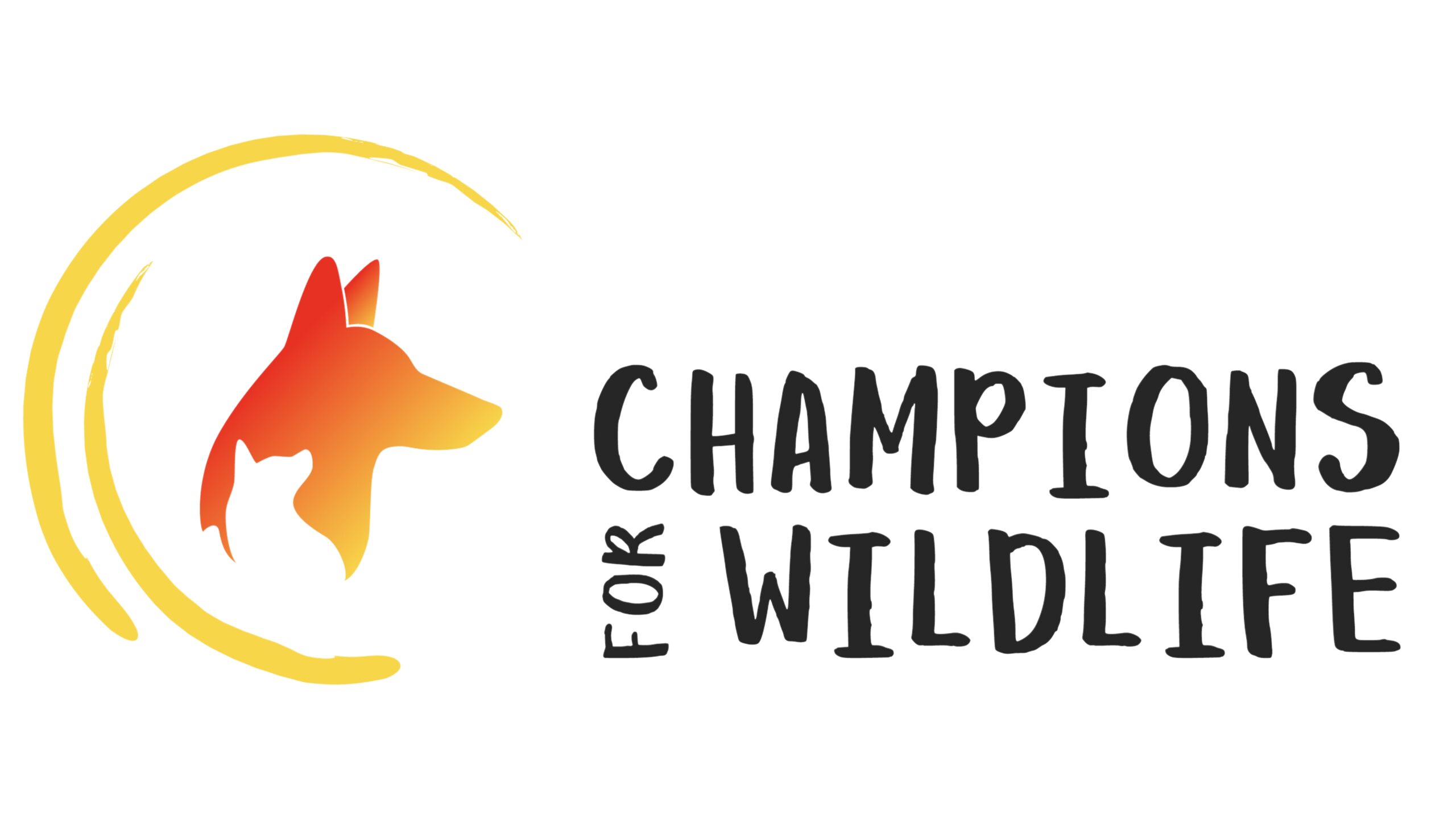Red Wolves
Red Wolves
Have you ever heard of America’s red wolf? We hadn’t until a few years ago. And then we started learning some red wolf facts that boggled our minds.
But first, can you watch this video of pups playing without falling in love! It brings us so much joy every time we watch it.
Now let’s talk about why wolves are one of the most misunderstood animal on the planet. And learn some cool red wolf facts.
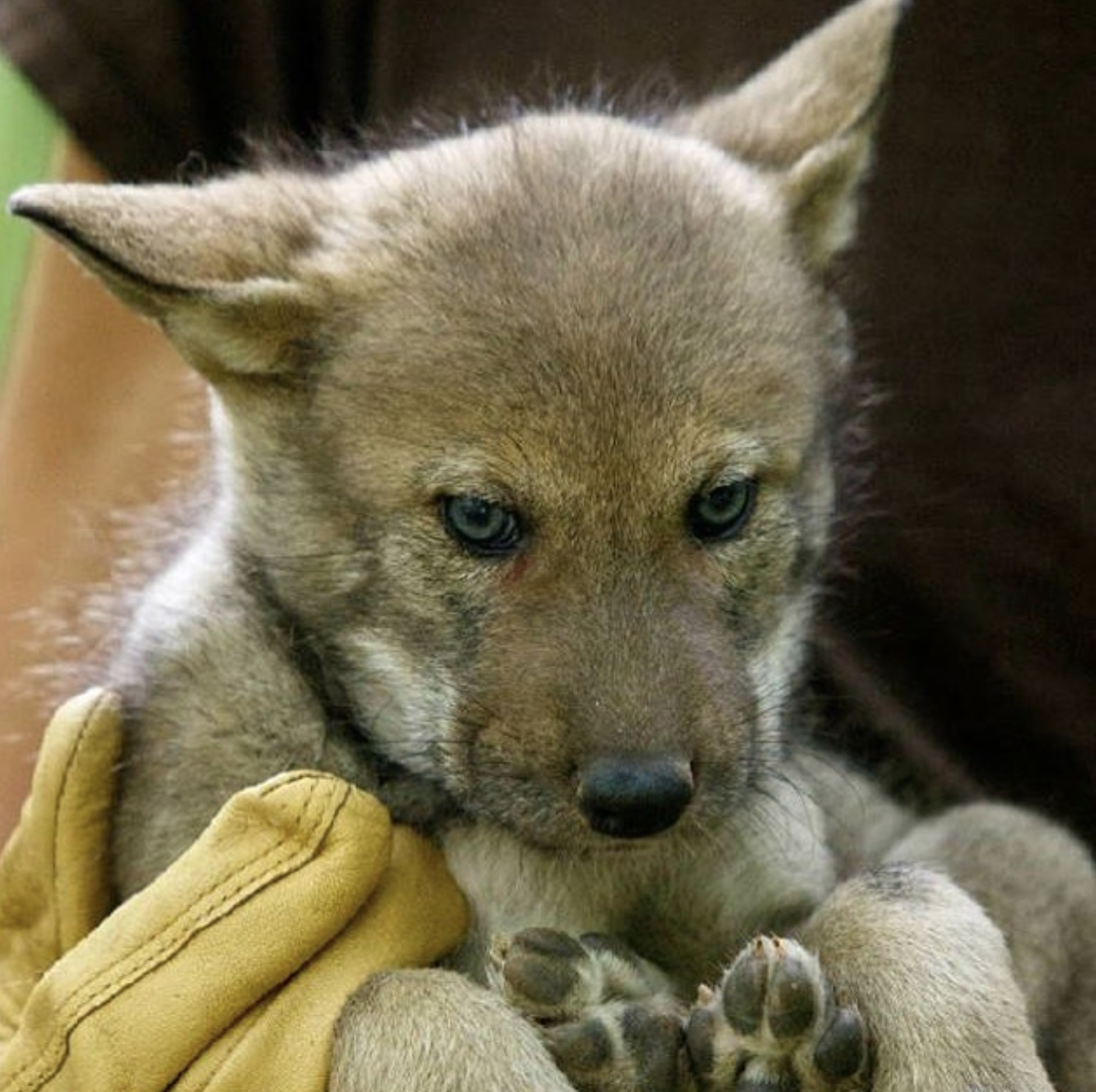
Red wolves mate for life and have pups once a year. Photo: Tish Gailmard/Reflection Riding Arboretum & Nature Center
The myths surrounding red wolves
Ever heard of Little Red Riding Hood. Who hasn’t? We grew up listening to fairy tales including The Three Little Pigs where the big bad wolf is going to blow their house down. Or Little Red Riding Hood where the even worse wolf eats Grandma. Who wouldn’t be afraid of wolves!
But it is all a myth. An untrue made-up story. Red wolves do not eat people, not your children or your grandmother. Nor do they attack people. There is not one documented case of a red wolf attacking a person. Ever!
But will they eat my dog? Not likely as they mostly eat small deer, rabbits, mice and raccoons along with berries. And if you want to learn more about what they eat, including blueberries, read our blog What Do Wolves Eat? Blueberries?
Plus they eat nutria. Hmm, what is a nutria? They are highly invasive non-native rodents currently decimating plants in the wetlands of many states. So that is a good thing!
Cool red wolf facts
They are the most endangered wild animal in the US. And the most endangered wolf in the world. As of December 2021, there are less than 20 left in the wild.
We love the fact they mate for life. One litter of pups is born in the spring and often the one-year-olds will help their parents care for the next, younger generation of pups.
Plus, they are great parents and will even care for another wolf’s babies, given the chance.
Also, they are very shy and don’t want to be around you or your house. It is very rare you will ever encounter one.
Red wolves weigh between 45 and 80 pounds. They are smaller than a gray wolf but larger than a coyote.
All wolves, including red wolves, help keep coyotes out of the area where they live. They are the apex predator and will run out or kill coyotes entering their territories.

The love between a red wolf mom and her pup. Photo: Point Defiance Zoo & Aquarium.
Critically endangered
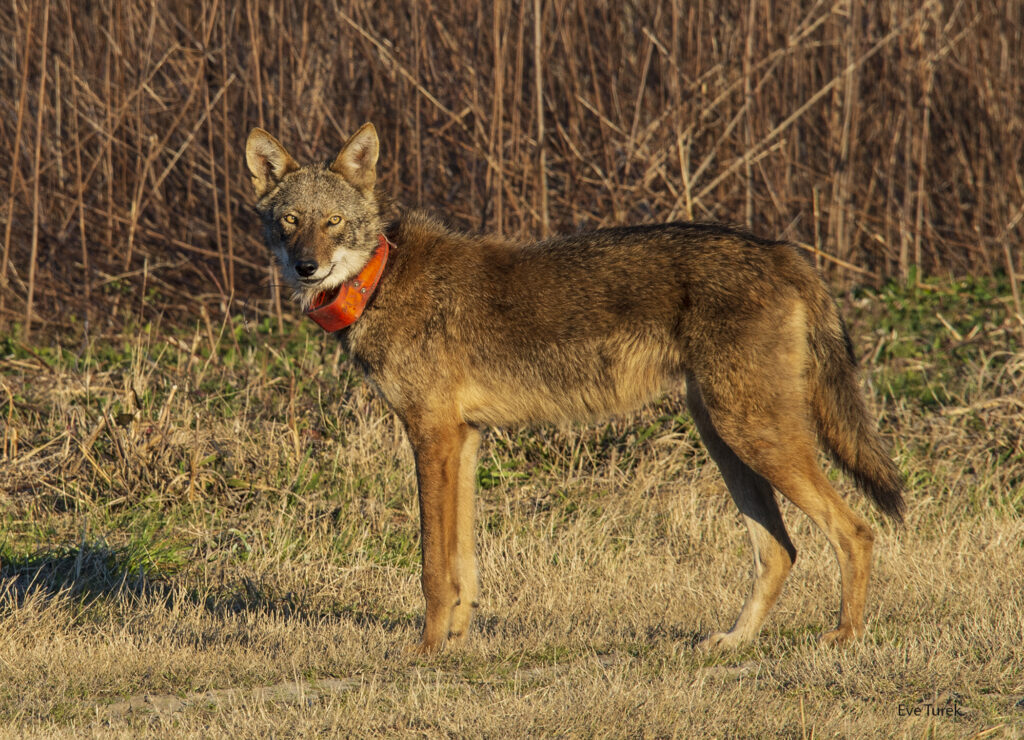
A female subadult in the wild. with an orange collar. Photo: Eve Turek
Ok, but where do they live in the wild? Right here in our home state of North Carolina on the East coast in a place called the Albemarle Peninsula. And yes, they do live in other states but only under human care. Hmm, what is meant by the term human care?
In addition to the wild population, there are 235 red wolves living at 49 red wolf conservation partners being cared for and bred by humans (as of May, 2023). It is hoped these wolves and their offspring will help repopulate the wild.
And how many are in the wild? This is the bad news (but there is hope which we will get to in a minute). Today it is estimated there are between 15-17 red wolves left in the wild, with only 10 known collared wolves, making them the most critically endangered canid in the world and the most endangered wild animal in the US. And for the most up-to-date information, see Red Wolf Recovery Program information by USFWS.
Wait, what is a collared wolf? US Fish & Wildlife puts radio tracking collars on all newly released wolves and any they catch without a collar. They now use bright orange collars to help distinguish them from coyotes so hunters won’t shoot them and to track their movements. The collars also have an orange reflective strip that helps motorists see the wolves at night.
Why are there so few left?

The only wild red wolves live in our home state of North Carolina. Photo: Museum Life + Science
But why are there so few left in the wild? Well, it is a really long story but here is a quick summary.
Red wolves were declared extinct in the wild in 1980 when the last 17 purebred wolves were captured and brought into captivity by the US Fish & Wildlife Services. Fourteen were used to help reestablish the species as part of a national breeding program. In 1987, the red wolf was reintroduced back into the wild in Eastern North Carolina.
At first, the program appeared successful. The wolf populations climbed to about 120 but then the program was halted by USFWS for a number of (again it is complicated) reasons.
In the meantime, the existing wild red wolves were/are being killed by gunshot, car collisions, loss of habitat, or interbreeding with coyotes. Since red wolves only mate once a year, there just haven’t been enough new pups to keep the population from plummeting.
For a more detailed history, read an informative article by Christian Hunt, Defenders of Wildlife, “The Red Wolf of Yesterday, Today, and Tomorrow-Wild…”. It is an in-depth synopsis of what is happening to the red wolf in the wild up until 2018.
Since 2018, momentum has been building in favor of revitalizing the red wolf rewilding program. With committed folks like Emily Weller and Joe Madison at USFWS, there is hope for the species.
But there is hope…
But now the hope! In 2019/2020 several red wolves were released into the wild by USFWS for the first time in a number of years. Then 10 were released in 2022 and 6 pups were born, with five surviving to adulthood.
This year (2023) more wolves will be released. And it is hoped the pair that had pups last year, will have pups again this year. If these wolves can breed and have pups…the population could recover and someday flourish again.
And just watch these red wolf pups howl!
Why are red wolves important?
Of course, one of the obvious reasons wolves are important is once they are lost, they are lost forever. Short of cloning and other weird, unnatural ways of preserving a species, you just can’t bring them back.
Red wolves help keep everything in their environment in balance. The bottom line, is they help keep nature the way she intended. By controlling small mammal populations, songbirds and upland birds like quail can flourish.
Deer herds are healthier where wolf populations are found. One way to learn more about the importance of red wolves is to watch this Wildlands Network 8 minute film, Red Wolves’ Last Stronghold. You’ll even get to see & hear wild wolves!
And remember, coyotes will steer clear of an area where red wolves live.
One added benefit is the promotion of ecotourism. If you ever visit the Albemarle Peninsula and see a red wolf in the wild, you will be hard-pressed to not fall in love at first sight and want to go back. We did!
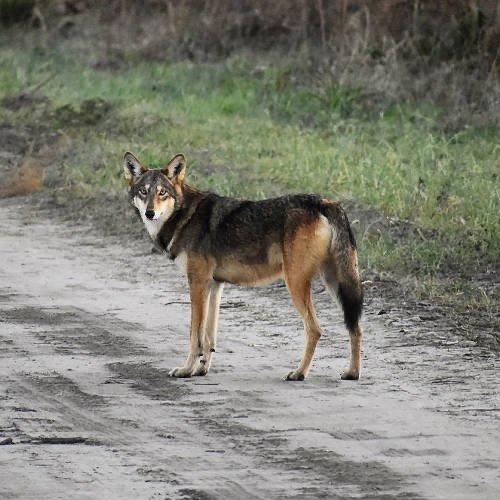
A wild red wolf at Alligator River Wildlife Refuge. Photo: Robert Orndrish/USFWS
What can we do?
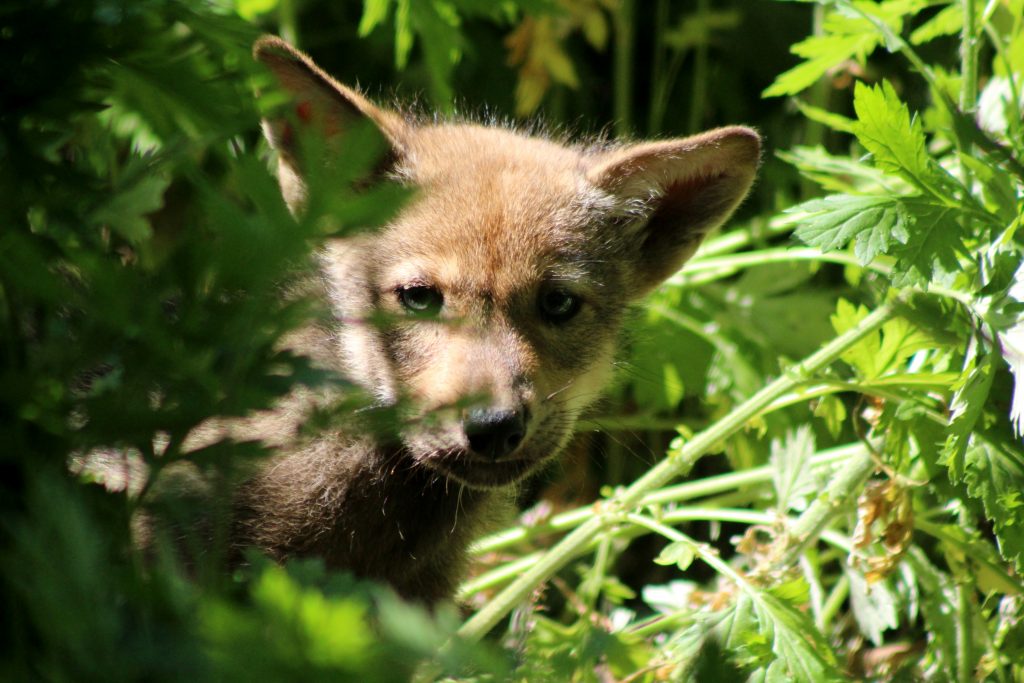
A red wolf pup, the most endangered wild animal in the United States. Photo: Rebecca Bose/Wolf Conservation Center
Become a champion for Nature’s underdogs! And help save one of our nation’s best-kept secrets, America’s red wolf. As the most endangered wild animal living in the US, they are our top priority.
When you see a bald eagle, you are witnessing one of the greatest come-back conservation stories of all time. Brought back from the brink of extinction, bald eagles are no longer endangered. Let’s do the same for America’s red wolf.
Join our campaign today. We need you, as do our red wolves and all other wildlife underdogs! So what can you do?
Learn more red wolf facts and see them in human care. You can see them at the NC Zoo, the WNC Nature Center or one of the 47 other breeding facilities found throughout the US. Here’s a list of the conservation centers with red wolves to see if one is near you.
One of the best actions you can take is to tell everyone you know about the plight of this wonderful animal. Most folks seem surprised to learn there are red wolves in the wild, and in North Carolina no less.
Post about red wolves on social media. Follow sites that highlight red wolves such as us, Weiler Woods for Wildlife, Red Wolves-Defenders of Wildlife, the Red Wolf Coalition, and the Red Wolf Recovery Program.
Make a donation to us and designate your money for red wolf conservation. No amount is too small.
What are we doing? Using art, of course, to bring awareness
In addition to speaking up for these magnificent creatures that truly are an American treasure, what else are we doing? Well, creating art, of course!
Dale finished a red wolf stone sculpture, “Just Settling In,” to increase awareness of this reclusive, majestic animal. The original sculpture is currently on loan to The Bradbury Art Museum at Arkansas State University. It will be donated to AState’s new Red Wolf Conservation & Research Center once it is built.
In addition, we are donating a limited edition casting of the sculpture to red wolf conservation centers around the country. To date, we have donated 38 castings, with a few more left to donate. Read more about where the castings have been donated in “Our Growing “Red Wolf Pack” and stay tuned for more info.
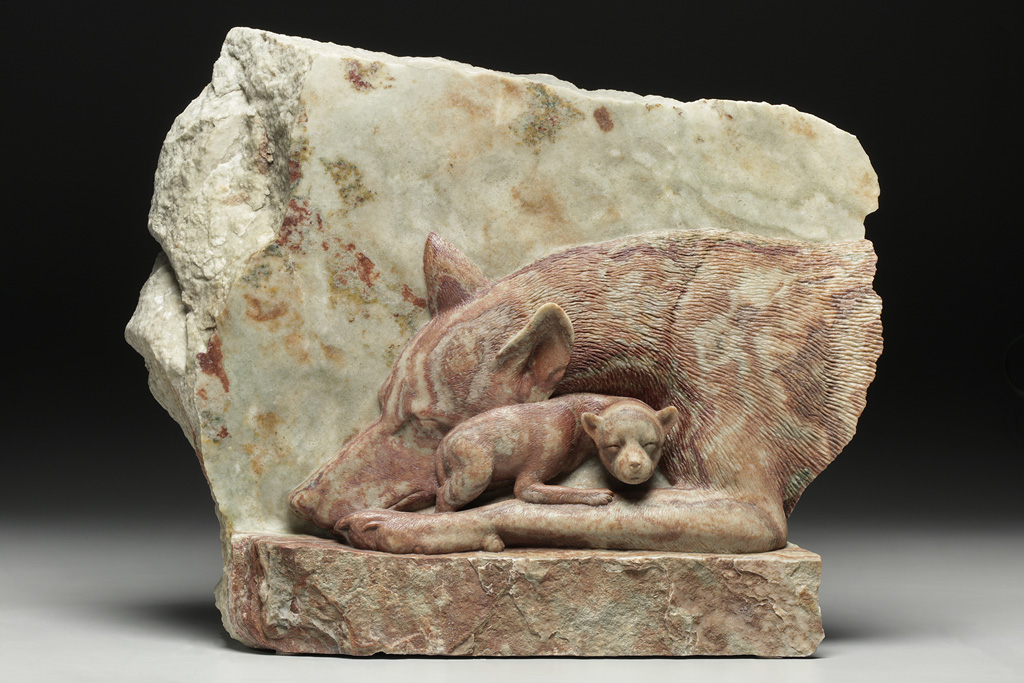
“Just Settling In” by Dale Weiler carved from Alabaster
We Are Candid Certified!

P.O. Box 128
Lynn, North Carolina, 28750
Champions for Wildlife is a registered 501(c)(3) nonprofit charitable organization.
EIN #87-4584220
NEWSLETTER SIGN-UP
